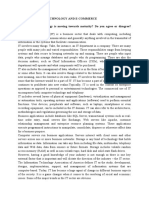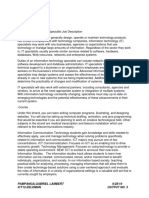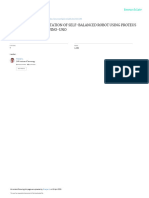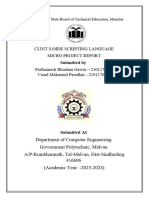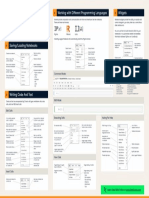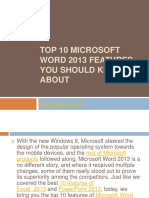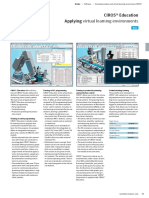0% found this document useful (0 votes)
41 views3 pagesLesson 1
The document outlines key concepts and career opportunities in the Information and Communications Technology (ICT) sector, including roles in programming, graphic design, and computer system servicing. It highlights current trends like superapps, the metaverse, and cybersecurity challenges, emphasizing the importance of ICT skills in today's job market. Additionally, it addresses issues such as data privacy, AI implications, and the environmental impact of technology.
Uploaded by
n85722819Copyright
© © All Rights Reserved
We take content rights seriously. If you suspect this is your content, claim it here.
Available Formats
Download as DOCX, PDF, TXT or read online on Scribd
0% found this document useful (0 votes)
41 views3 pagesLesson 1
The document outlines key concepts and career opportunities in the Information and Communications Technology (ICT) sector, including roles in programming, graphic design, and computer system servicing. It highlights current trends like superapps, the metaverse, and cybersecurity challenges, emphasizing the importance of ICT skills in today's job market. Additionally, it addresses issues such as data privacy, AI implications, and the environmental impact of technology.
Uploaded by
n85722819Copyright
© © All Rights Reserved
We take content rights seriously. If you suspect this is your content, claim it here.
Available Formats
Download as DOCX, PDF, TXT or read online on Scribd
/ 3
































